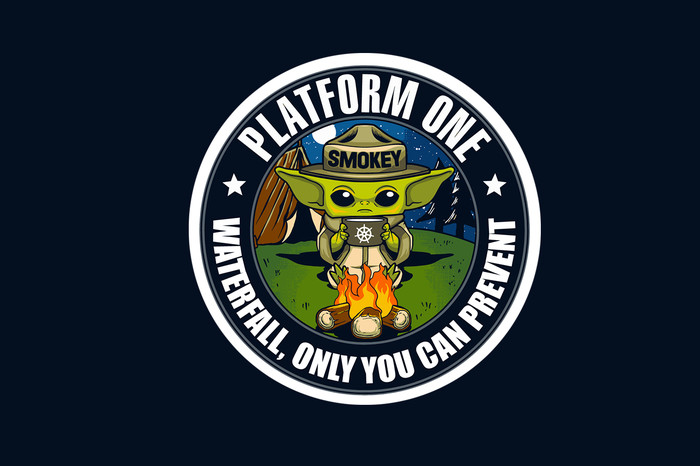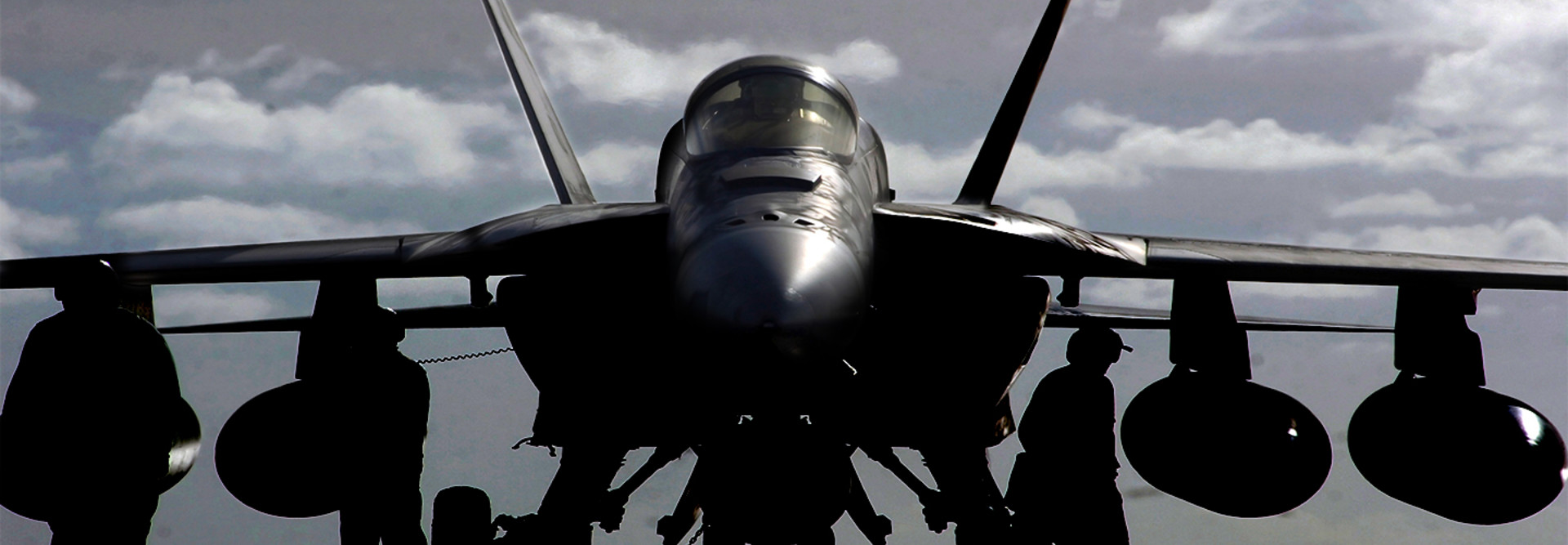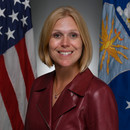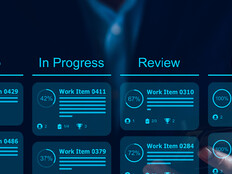As CIO of the Department of the Air Force, which includes the Air Force and Space Force, Lauren Knausenberger leads a team of 20,000 IT experts working to deploy technology as recent as a Baby Yoda meme and upgrade gear as old as the eldest millennials. An entrepreneur and venture capitalist before coming to the Air Force in 2017, Knausenberger became CIO in February. From a Zoom call featuring a Millennium Falcon background, she talked to FedTech about the Air Force’s evolution into a forward-thinking tech environment.
FEDTECH: What are the Air Force’s top IT priorities?
Knausenberger: I’ll walk you quickly through what we call the four pillars. One is to develop the rock-solid digital foundation for the Joint All-Domain Command and Control (JADC2) for a future competitive advantage writ large. That’s things like driving a 21st century network, doubling down on our cloud strategy, pushing the bounds of zero trust, continuing to push DevSecOps and really getting our data fabric and our cybersecurity sewn throughout the entire tech stack.
The second is user experience for warfighter effect. We’re doing more measurements of what impacts war-fighters, and in a budget-confined environment, saying, “If we invest our next dollar here, we’re going to enable the warfighter in the best way.”
The third one is enabling digital talent. Digital University is our capstone effort to level the playing field and give people access to best-in-class digital education, whether they’re cooks or cyberwarriors. And the fourth one we call the tradespace pillar; that’s a ruthless attack on manual process, outdated policy and redundant IT.
The biggest game changer that I hope to see us do over the next year is to get to one secret network. Being able to collapse into one operational environment and take advantage of modern technology in a faster way across our enterprise — that’s huge. I am faster with my VPN at home than I am on your average Air Force base.
Click the banner below to get access to a customized content experience and exclusive articles.


FEDTECH: What impact did telework have on the Air Force?
Knausenberger: Before COVID-19, you’d have the innovators and the technologists saying, “Hey, guys, collaboration tools are important to be able to do your daily work.” But being able to work from home was not something that you could pull off. The attitude was, “If I don’t see you, you’re not doing your work.”
Then COVID kicked off, and nobody could go into the building. We had about 7,000 VPN connections for a 750,000-person workforce. The vast majority of the workforce could not work for about two weeks. We worked with DOD to deploy Microsoft Teams, and now people are used to this new way of working, and it has completely changed the way that we do business in the department.
EXPLORE: How is the Defense Department supporting telework?
FEDTECH: How widespread is the adoption of zero trust within the Air Force?
Most people would say that zero trust is a journey. We have a firm roadmap in place to bring our enterprise more toward zero-trust concepts. Different people are at different stages of the journey. The things that we have developed over the past two to three years for the most part are following zero-trust principles. We have a pretty robust identity baked in, similar to where our enterprise strategy is headed. They are tagging their data. There’s a lot of automation. There’s a lot of awareness of what’s happening from a cybersecurity perspective. There’s a lot more segmentation than there was in some of our legacy systems. So I think we’re on a really good path.

FEDTECH: How has the Air Force benefited from having access to the cloud?
Knausenberger: Cloud One is our cloud enterprise solution. Early on, we jumped on a multihybrid cloud. We recognized that we were going to need support from multiple cloud vendors and that the cloud space would change over time, so we wanted to be cloud agnostic. We’ve done a good job — at least for Microsoft and Amazon and, to some degree, Google — getting to the point where you can push a button and spin up a fully accredited environment with a bunch of different services built in. We wanted this central enterprise service to be easy to adapt, and not have to reinvent the wheel to get something into the cloud.
FEDTECH: What’s the difference in the IT needs of the warfighter versus that of workers in administrative roles?
Knausenberger: Every warfighter hits business systems, but not every business person hits warfighting systems. So for the business person, it’s like a business enterprise. You want your HR systems to function so you can hire people quickly. You want your financial systems to work in an automated manner so you can get paid. On the mission side, I’d say that the needs are similar at the macro level. People ultimately want the tools to do their job — they want to be effective, they don’t want to waste a lot of time, and they want to be successful. They’re just using different types of systems.
People ultimately want the tools to do their job — they want to be effective, they don’t want to waste a lot of time, and they want to be successful.”
Lauren Knausenberger
Air Force CIO
FEDTECH: How has the adoption of DevSecOps helped the Air Force with modernization?
Knausenberger: Most of the things that we’re developing today are using some sort of DevSecOps process. We are also using much more modern processes on some of our large acquisition programs and the Ground-Based Strategic Deterrent, which is our nuclear modernization program and a shining example of adopting a modern process. And you have teams like Kessel Run, the first folks to use DevSecOps. They were named Kessel Run, after a smuggling route mentioned in Star Wars, because they were literally smuggling agile into the Department of Defense.
With this process, development teams can focus on creating value for users, while development platform teams could focus on creating value for the developers. All of the folks that really get technology would say this is the only way to develop code now.
MORE FROM FEDTECH: How can DevSecOps benefit agencies?
Stocktrek Images/Getty Images













